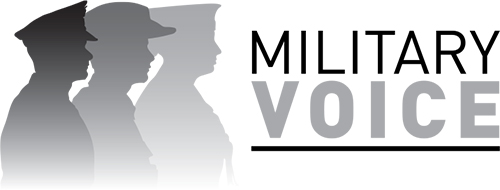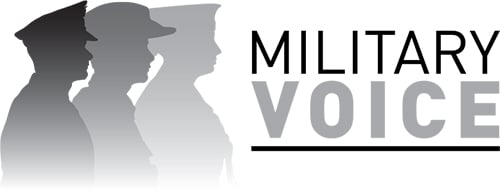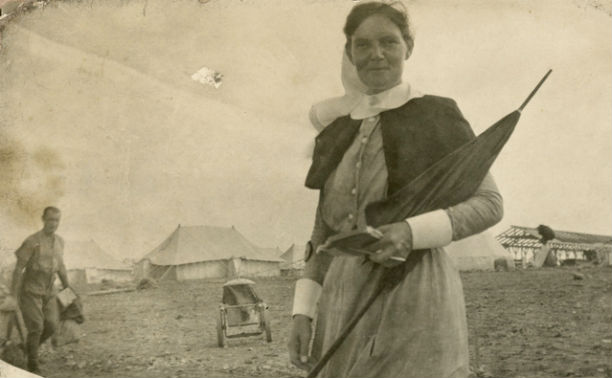May 1915. Matron Margaret Grace Wilson does the rounds at a military hospital on the Greek island of Lemnos, a key staging post for the Gallipoli campaign. Picture: Courtesy of The Australian War Memorial
By Dr Kirsty Harris
While there is a rich literature around Anzac Day celebrations focussing on its cultural role; the production of masculinised national identity; pilgrimage; and popular memory and history, there is a dearth of scholarly work on the representation and involvement of women as part of Anzac practice and mythology. Was Anzac Day just for the boys, one might ask? The simple answer is no. From 25 April 1916, the first anniversary of the Gallipoli landing, military nurses had involvement in the commemorations for Anzac Day, attending church services and sports afternoons with the troops, and visiting the graves of their comrades who had died. May Tilton, a nurse at the 1st Australian General Hospital in Egypt, witnessed how her patients felt when she attended a church service with them on this day:
Some of the men near me were sobbing. The landing of 1915 had been a much easier thing for them than this first service in commemoration of it. Most of them, broken in health, remembered only too vividly. During that short but touching address was one of life’s terrible moments when no man dared look into another man’s eyes.
On the same day in a British hospital in France, Pearl Corkhill, one of three Australian nurses with some Australian and New Zealander patients in her hospital, made up small parcels of matches and cigarettes tied up with red, white and blue ribbon. Pearl wrote on each, “Anzac Day 1916 from the Three Australian Sisters” and gave one to each man. She wrote “they were so pleased they could scarcely thank us.” Some of the British nurses didn’t know what Anzac Day was, but “we knew all our boys knew, and that was all that really mattered.”
In places like South Australia, nurses accompanied those men who could not march in cars; some even drove the vehicles. At the large memorial service in Sydney to commemorate the fallen and present decorations, the Town Hall was filled with veterans, including nurses. One especially poignant moment where the soldiers paid tribute to the nurses was recorded by a journalist:
Four soldiers came in, carefully carrying a lady in the uniform of the Army Nursing Service – on whose tunic was pinned that coveted medal, the Royal Red Cross. She was Matron Cameron, who was seriously injured when the troopship Marquette was torpedoed in the Aegean Sea in 1915. There was silence for a moment after the matron appeared — and then the “Diggers,” like one man, sprang up and cheered and cheered. The smile with which the stricken lady greeted the men in khaki told of that bond of mutual devotion between Australian soldiers and Australian nurses, forged in the sufferings of war.
“It’s for the boys”
From 1920, the involvement of nurse veterans in Anzac Day commemorations becomes more obscure. Certainly the authorities had difficulty in deciding the appropriate role for nurses in Anzac Day ceremonies. In the late 1920s, the now characteristic structure of the day (dawn service – march – follow-on – afternoon celebrations) became the dominant form.
While many nurses had joined returned nurses’ branches of the Returned Services League or RSILLA, attending the actual RSL on Anzac Day was akin to go into the public bar of a hotel, something that no respectable woman did in that era. “It’s for the boys”, indicated one nurse. The dawn service – a symbolic pilgrimage to the local war memorial – became an established part of the day but it was largely for men only; in some states, women in general were banned and in others such as Tasmania, the nurses let it be known that they felt that this ceremony should be left entirely to the men.
But nurses who had served abroad could march on Anzac Day with the soldiers - and many did. For example, in Darwin in 1920, there were sports and demonstrations on the oval and a procession comprised of returned soldiers, sailors, nurses, and school children. In Cairns, members of the Australian Army Nursing Service were asked to take part in the parade, as they did at Epping in Sydney, where nurses paraded, even if they and the VADs were relegated to marching with cadets and boy scouts.
In many cases, it is difficult to tell whether nurses actually marched due to the language used – for example, the phrases ‘church parade’ and ‘commemoration parade’, usually did not mean veterans marching down the street. Where they did not march, women often had a prominent role in these embryonic events. At church ceremonies in Adelaide, nurses were recognised with the provision of reserved seating. In Hobart, nurses were treated as equals and formed part of the hollow square of veterans. In Brisbane, nurses were carried in cars in the march. And returned nurses were often eulogised in the ceremonies or tributes offered.
In 1923 Adelaide nurses started their long tradition of marching on Anzac Day when, with returned sailors and soldiers, they marched from the Returned Services headquarters to the Women’s War Memorial, some two kilometres. However, originally the parade was not the primary focus of Anzac Day; there were just special commemoration services and church services held in honour of the fallen, and often not on the day itself but on Anzac eve when men and women could attend without requiring time off work. Just as soldiers met with their units, this was when members of Returned Army Nurses’ Clubs met for their annual reunion and laid wreaths to commemorate their colleagues who had not returned.
By the late 20s, in Melbourne, nurses replaced the traditional dawn service with their own morning pilgrimage to the Edith Cavell monument on St. Kilda road where they laid wreaths and blossoms in tribute. When the Nurses’ Memorial Centre was established after World War II, the nurses created their own Memorial Day at that location in the week preceding Anzac Day. There nurses could reunite with old friends and share common memories and continue to do so to this day.
These days, female nursing veterans take part in the parade on Anzac Day alongside their male counterparts.








Leave Comment